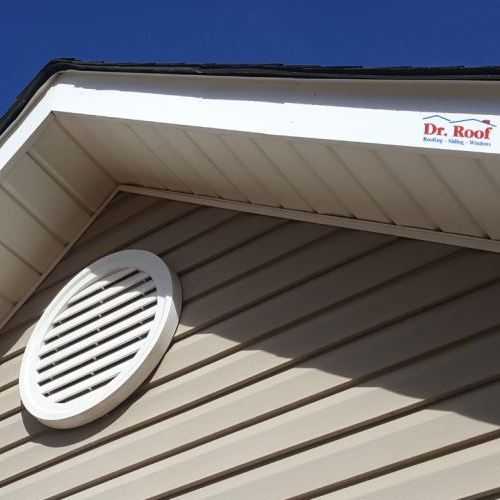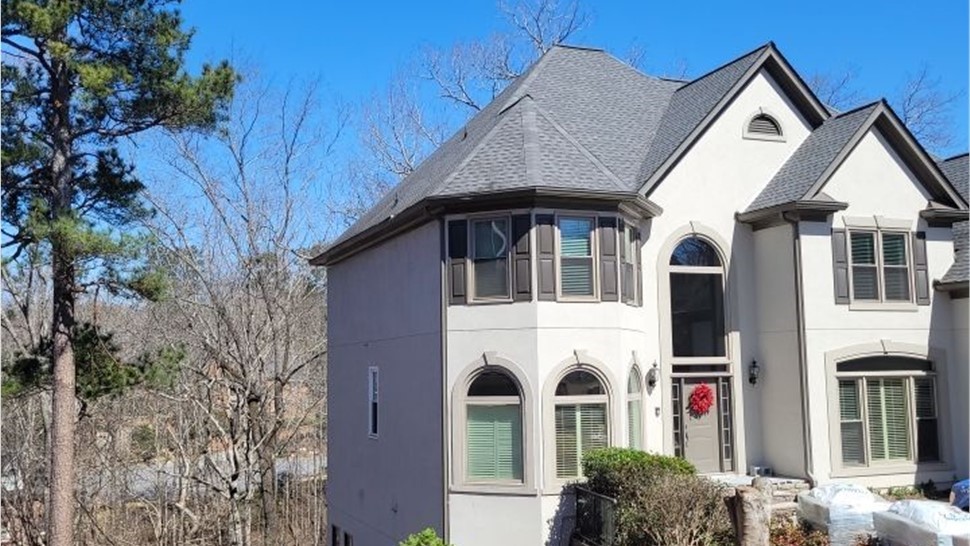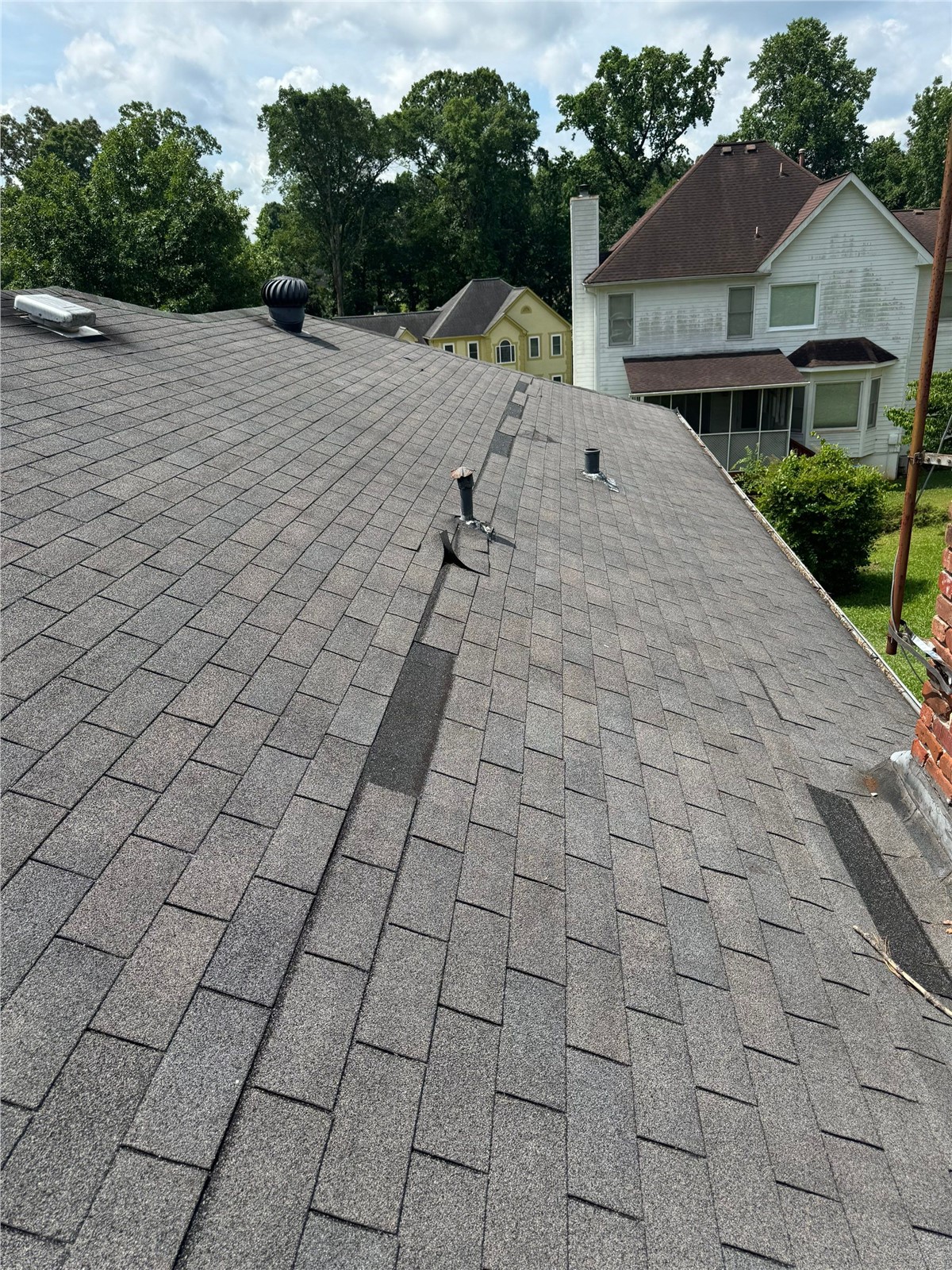
Roof Vents Extend Life of Shingles
You insulate your home to reduce temperature variations and save on utility bills, but then you allow fresh air to flow through the attic… As counterproductive as this seems, roof vents can extend the life of your shingles by reducing seasonal stress on the materials. A well-designed roof ventilation system also helps prevent moisture from building up in your attic and crawl spaces, to reduce your risk of mold, wood rot, and more.
How Attic Ventilation Works
A roof ventilation system works by providing consistent airflow through your attic space, helping
remove warm, moist air. Maintaining the flow of air through the attic and roof system will also
help reduce the impact of changing temperatures and moisture both inside and outside the
home.
The ventilation system involves two types of vents — intake and exhaust — installed in the attic
or roof area to allow attic air to circulate under the roof and eaves. When properly designed, the
roof ventilation system will keep utility costs down by balancing the intake and exhaust
ventilation, which keeps conditioned air from escaping too quickly.
How to Know If You Need Roof Vents
Screening for roof ventilation involves checking to see if you have an attic, an unheated space
in the basement, or an upper floor attached to the roof. This is important because in summer,
your roof’s ventilation helps cool the roof and underlying water barrier materials. Cooling these
areas reduces the expansion of the metal and resulting heat damage to asphalt shingles.
In addition to protecting your roof from heat damage, roof vents are critical in winter too. By
preventing temperature fluctuations, you can keep snow from melting off the roof and refreezing
in your rain gutters, leading to dangerous “ice damming”. The vents prevent both leaks and
structural damage by circulating the coldest air from the eaves through the vent in the roof peak.
How Much Ventilation You Need
Most roofs are under-ventilated, so this skews public perception of how much and what kind of
roof ventilation is needed. A lack of proper ventilation can drastically affect your energy bills and
the lifespan of your roof. For this reason, the FHA recommends that you have 1 square foot of
attic exhaust (both intake and exhaust) for every 300 square feet of attic space.
What Happens If Your Attic Is Not Vented
Have you ever walked upstairs and thought it was at least 10 degrees warmer than it was
downstairs? These indoor temperature extremes are often the result of poorly vented roofs. A
well-ventilated roof system circulates air more consistently, reducing the workload on your A/C
or heating system, so your home stays comfortable year-round and you save on utility costs.
But on top of indoor temperature fluctuations, improper roof ventilation can impact the integrity
of your roof itself by causing moisture buildup, mold, rot, leaks, and more.
Ensuring your home has the proper attic ventilation can save yourself the stress and hassle of
everything from indoor discomfort to an emergency roof repair. If you have any questions about
your roof vents, don’t hesitate to give us a call at 770-450-8829. We will be happy to address
any questions or concerns you may have!
Subscribe to Dr. Roof's Blog








Comments